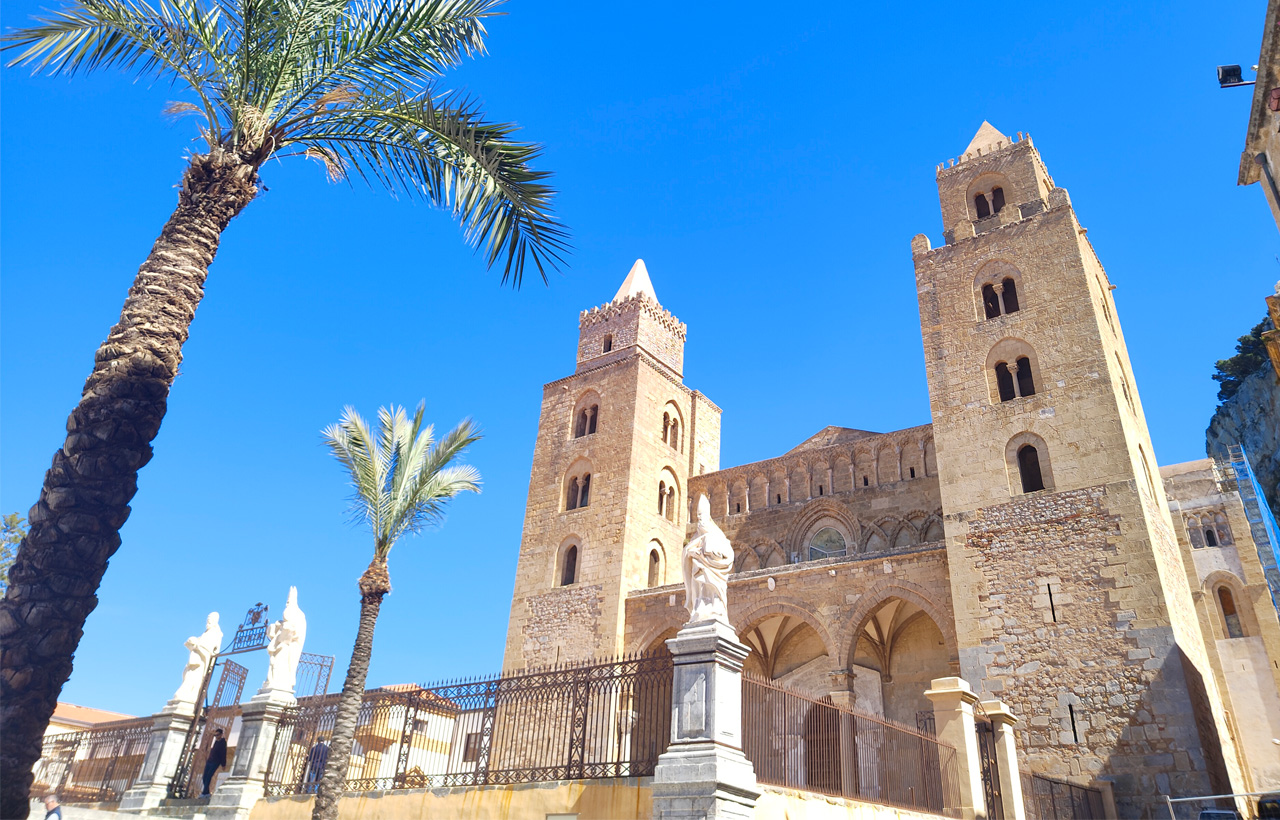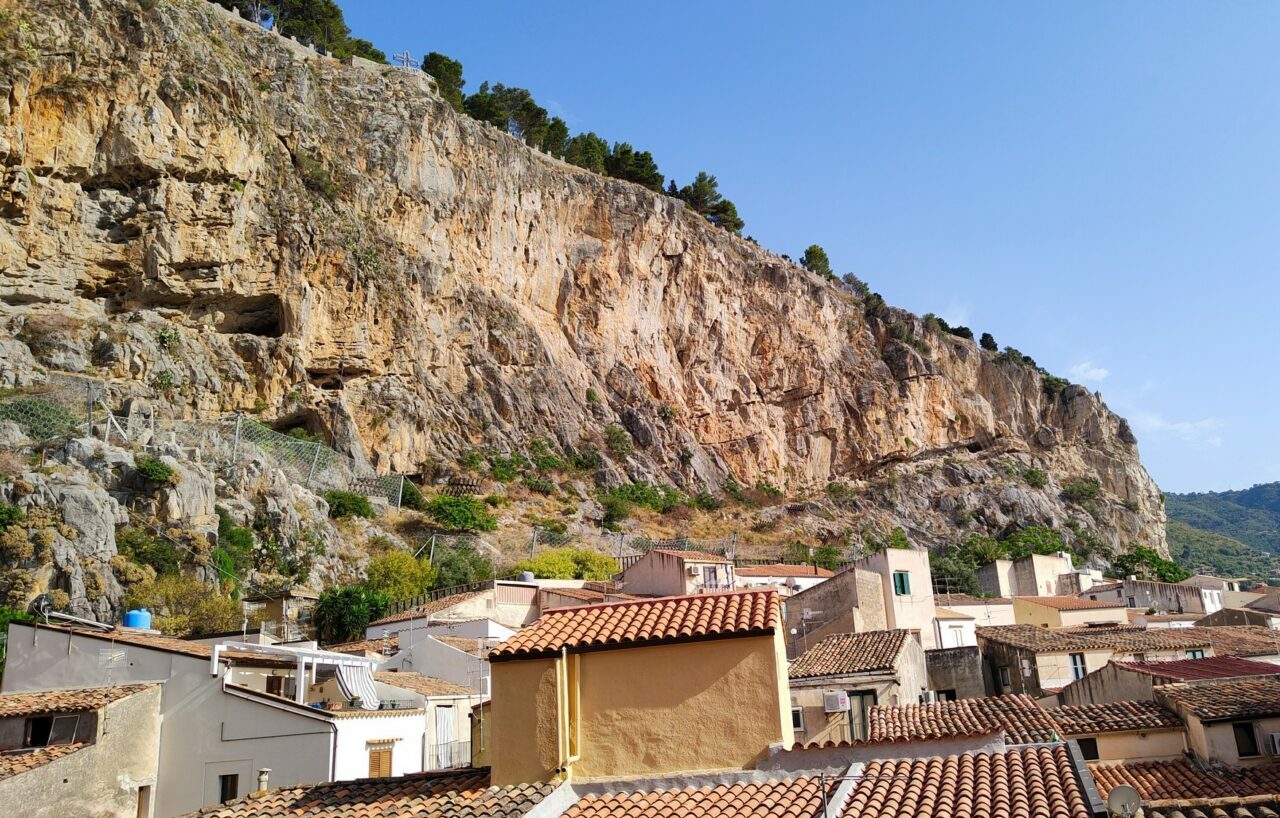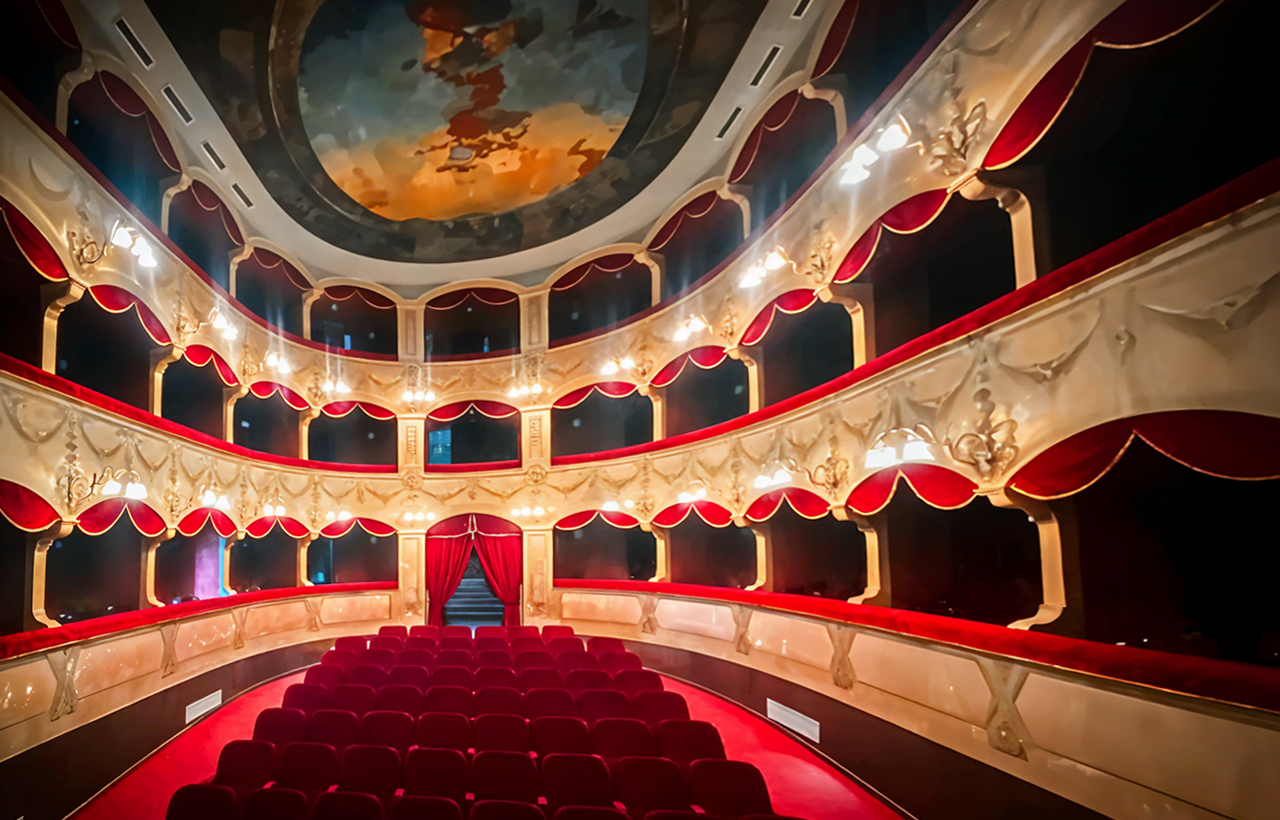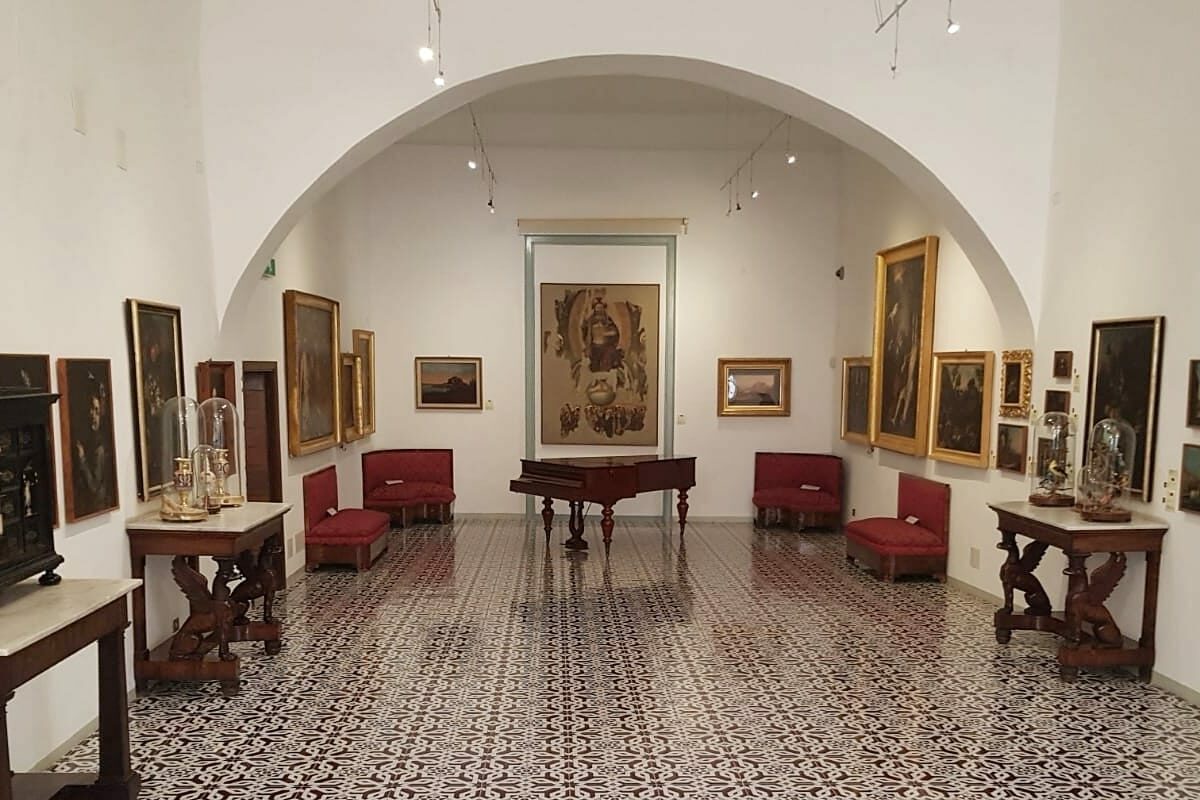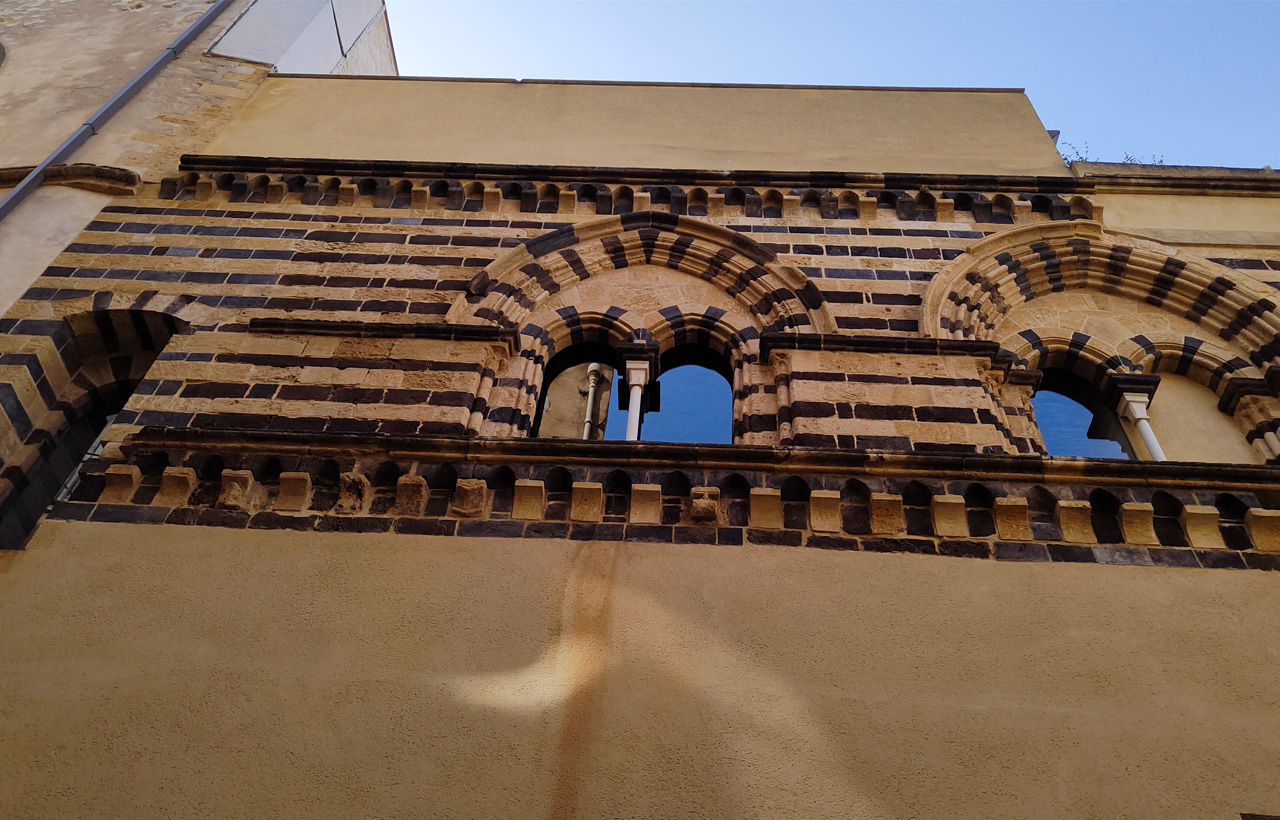TEMPLE OF DIANA
MYTH, HISTORY, LEGEND
The Temple of Diana in Cefalù, shrouded in mystery, is a fascinating place to include on your list of what to see in Cefalù. Located in the heart of the Rocca di Cefalù, between the town centre and the top of the cliff, this megalithic temple dates back to the 9th century B.C., although it was built at different times.
The oldest part of the temple is the cistern dug into the rock and enclosed by large stone slabs, resting on the edges and on an architrave supported by a central column of cylindrical blocks. The façade and a large part of the structure date back to the 5th century B.C., made of irregular stone blocks. The upper part, with architrave and jambs, dates back to the 2nd century B.C. and is built of well-squared stones.
The function of the Temple of Diana is still uncertain. Some studies suggest that it was a royal palace of the ancient kings of Kephaloidion, while others identify it as a fortress-sanctuary dedicated to water-related pagan deities, thus justifying the presence of the cistern. The dominant position at the top of the cliff was strategic for the defence of the city. The two small churches present, one inside and the other above the temple, indicate a religious use.
The Temple of Diana is one of the main attractions of the Rocca di Cefalù. It is located about 500 metres from the start of the route, reached by a 15-minute walk along the medieval crenellated walls. Access to the Rocca's path is on the west side of the cliff and is reached via the narrow Salita Saraceni. Since much of the route is exposed to the sun, it is advisable to walk it during less sunny hours, such as early morning or late afternoon. A visit to the Temple of Diana is included in the ticket for access to the Rock.


